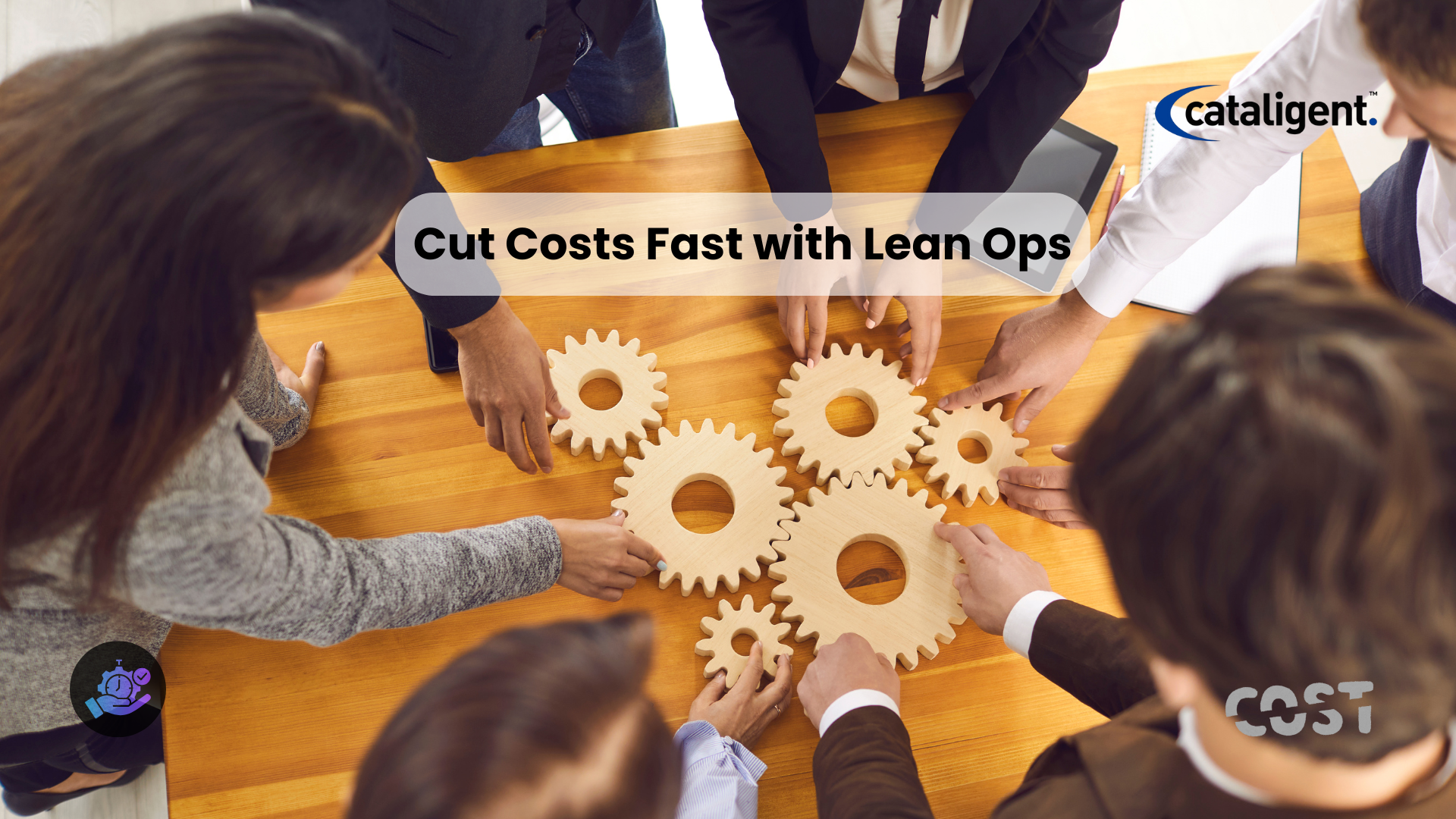Introduction:
Operational inefficiencies, redundant processes, and waste are major obstacles to profitability. Lean management practices provide a structured and systematic approach to streamline workflows, cut unnecessary costs, and enhance productivity. By focusing on value creation, waste elimination, and continuous improvement, organizations can achieve significant cost savings while maintaining quality and ensuring customer satisfaction. Lean is not just a methodology; it is a mindset that transforms organizational culture and operations.
What Is Lean Management?
Lean management is a methodology emphasizing maximized value with minimized waste. It involves analyzing workflows, identifying non-value-adding activities, and implementing systematic improvements. Lean management creates a culture focused on operational excellence, efficiency, and continuous learning. It applies across all functions—manufacturing, services, IT, and administrative processes—allowing companies to realize substantial financial and operational benefits while staying competitive in a fast-paced environment.
Why Lean Management Is Critical for Cost Savings:
- Reducing Process Inefficiencies:
Inefficient workflows, bottlenecks, and redundant activities lead to wasted time and resources. Lean management identifies these inefficiencies and redesigns processes to streamline operations. This means tasks are completed faster, errors are reduced, and resources are utilized optimally, translating directly into cost savings and improved output. - Minimizing Operational Waste:
Waste can take many forms: excess inventory, overproduction, defects, unnecessary movement, waiting time, and underutilized talent. Lean techniques systematically target these areas to eliminate or reduce waste. Reducing waste not only cuts costs but also improves process speed and quality, creating a more agile and responsive organization. - Enhancing Productivity:
By removing non-value-adding activities, employees can focus on high-impact work that drives results. This boosts efficiency and morale, as team members see their efforts producing tangible outcomes. Higher productivity translates into faster project completion, reduced operational expenses, and increased capacity to handle more initiatives. - Continuous Improvement Culture:
Lean management promotes a culture of continuous improvement (Kaizen), where employees are encouraged to identify inefficiencies and suggest improvements. This proactive mindset ensures ongoing innovation, sustained cost savings, and operational refinement. Teams become more engaged, motivated, and aligned with organizational goals.
How to Implement Lean Management for Cost Savings:
- Value Stream Mapping:
Map all steps in a process to understand which activities add value and which do not. This visualization helps uncover inefficiencies, redundancies, and bottlenecks, creating a clear roadmap for lean interventions and prioritizing actions that deliver the highest impact. - Identify and Eliminate Waste:
Classify waste into seven categories—overproduction, waiting, transportation, over-processing, inventory, motion, and defects. For each type, implement targeted solutions such as inventory optimization, process automation, and workflow redesign. This focused approach maximizes cost savings while improving operational efficiency. - Standardize Processes:
Create standard operating procedures (SOPs) to ensure consistency and quality across tasks. Standardization reduces errors, minimizes variation, and provides a clear framework for employees. Consistent processes facilitate training, improve performance, and ensure that improvements are sustainable over time. - Empower Employees:
Involve employees in identifying inefficiencies and developing solutions. Provide the necessary training, tools, and autonomy to act on improvement opportunities. Empowered teams feel a sense of ownership, are more motivated, and contribute innovative ideas that lead to cost reduction and efficiency gains. - Implement Continuous Monitoring:
Establish key performance indicators (KPIs) and dashboards to track operational efficiency, quality, and cost savings. Real-time monitoring enables early detection of deviations and quick corrective actions. Continuous oversight ensures that improvements are maintained and processes remain optimized. - Iterative Improvement (Kaizen):
Adopt small, incremental changes that collectively drive substantial improvement. Regularly review processes, gather feedback, and implement refinements to enhance efficiency and reduce costs. This iterative approach ensures the organization evolves continuously, staying ahead of operational challenges.
How Cataligent Can Help:
Cataligent guides organizations through lean management transformations to maximize cost savings and operational efficiency:
- Process Assessment: evaluates existing workflows, identifies inefficiencies, and highlights opportunities for lean improvements.
- Lean Implementation: designs and executes lean strategies tailored to organizational objectives, ensuring measurable impact on cost and performance.
- Employee Engagement: provides training and workshops to instill a culture of continuous improvement and empower teams to take ownership of process optimization.
- Monitoring and Analytics: sets up dashboards, metrics, and reporting systems to track progress, measure cost savings, and ensure ongoing process optimization.
- Sustainability and Scalability: ensures lean practices are sustainable and scalable, embedding operational excellence into organizational culture for long-term benefits.
Key Benefits of Lean Management with Cataligent:
- Reduced Operational Costs: Targeted elimination of inefficiencies and waste translates directly into significant savings.
- Improved Productivity: Streamlined workflows allow employees to focus on tasks that add maximum value.
- Enhanced Quality: Standardized processes and continuous monitoring reduce errors and enhance service or product quality.
- Sustainable Efficiency: Iterative improvement ensures that operational gains are maintained and enhanced over time, creating long-term business resilience.
Conclusion:
Lean management is a powerful approach to reduce costs, optimize operations, and improve organizational performance. By focusing on value, eliminating waste, and fostering a culture of continuous improvement, businesses can achieve measurable efficiency gains and cost savings. Cataligent’s expertise ensures the effective implementation, monitoring, and sustainability of lean practices, helping organizations realize long-term operational excellence and success.

